Changing Shorelines & Erosion

Spend just a few minutes on almost any beach, and the ocean will soon demonstrate a few of the many ways it can transform the narrow strip of shallow water and adjacent land that makes up the shoreline. With every wave, sediments are deposited and withdrawn in complex ways. On a much larger scale, waves, currents, wind, and tides form complex interactions over time to cause erosion along some stretches of shoreline and accretion (growth) in others.
This is just the beginning, however. Add storms, coastal development, and sea level rise to the mix and the fact of our constantly changing shoreline becomes a far more complex and serious issue.
In the U.S. alone, billions of dollars are spent each year in housing, businesses, and recreation, national security, and infrastructure along our dynamic coasts. While beach erosion threatens property near the shoreline, it also profoundly influences natural systems that regulate the exchanges of water, nutrients and organisms with the open ocean. As a result, billions more are used to protect wetlands, maintain beaches and waterways, and rebuild damaged or aging infrastructure.
Salt marshes, estuaries, and mangroves, for example, are a critical component of our coastal ecosystem and are particularly vulnerable to human activity and accelerated sea-level rise. Tidal marshes, the dominant estuarine habitat along the East Coast of the U.S., are ecologically and economically important as they filter and absorb terrestrial nutrients and pollutants, buffer coastlines from waves and storm surges, and provide nurseries for fish and other marine animals.
Linking diverse coastal processes and the impacts of natural and human-induced change requires a systems-oriented, multidisciplinary approach to tackling basic science questions that can have real and lasting impacts. Scientists are working to identify areas subject to both long- and short-term coastline change, and understand the many factors influencing these changes, in order to help individuals and governments make better decisions regarding management of important coastal resources.
News & Insights
Putting a value on green infrastructure to protect coastal communities
During an era of increasing sea level rise, WHOI marine policy experts Hauke Kite-Powell, Di Jin, and Porter Hoagland quantify the ecological value of shore-stabilizing ecosystems like wetlands and barrier islands
New tool sheds light on coral reef erosion
The Marshall Islands is home to some pristine coral reefs, but storm-driven waves could erode these natural coastal barriers. A new wave abrasion simulator offers insights on coral erosion rates that could aid coastal planning in this low-lying island nation and elsewhere.
News Releases
New federal funding to accelerate ocean-climate resilience
Interactive Climate Tour Opens in Woods Hole
Study Finds No Direct Link Between North Atlantic Ocean Currents, Sea Level Along New England Coast
Why Is Sea Level Rising Faster in Some Places Along the U.S. East Coast Than Others?
[ ALL ]
WHOI in the News
Nearly a year after ‘catastrophic’ cliff walk collapse, Newport hopes to rebuild path where it is
Beach Erosion In Falmouth: Who’s At The Wheel?
Researchers Mapping Quick Changing Katama Bay
[ ALL ]
From Oceanus Magazine
An introduction to marsh bothering
A sea-level modeler plunges into fieldwork on Prince Edward Island
With worsening storms, can the Outer Banks protect its shoreline?
The double-whammy of more intense storms and a COVID-era real estate boom has scientists and planners focused on resiliency
Dune buggies and diving:
PhD student Ciara Dooley talks about coastal research with the DUNEX Program


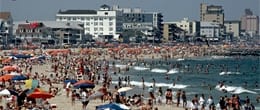
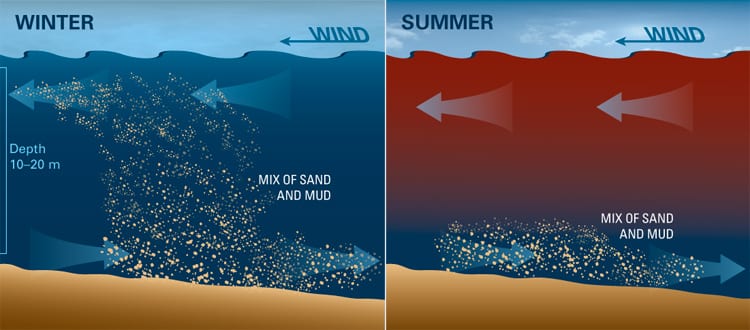
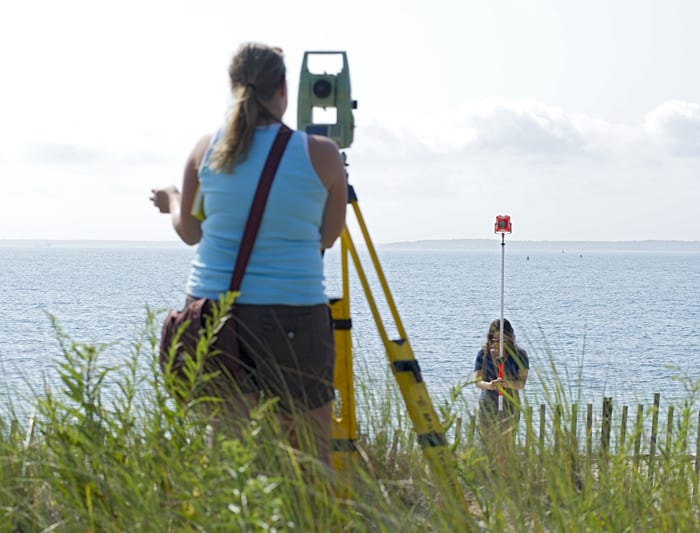
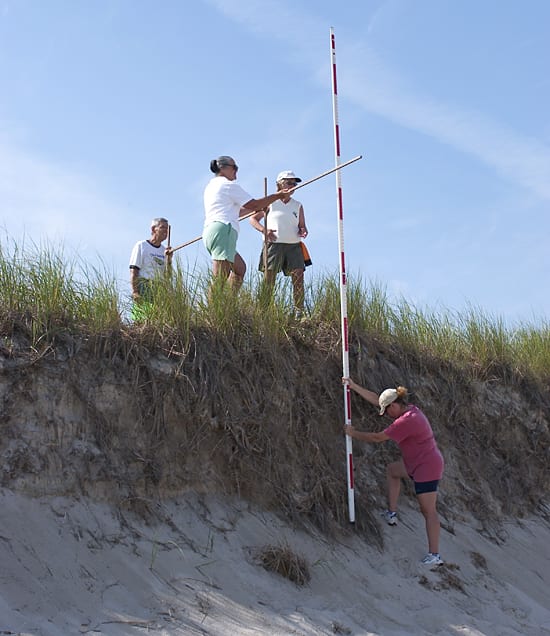
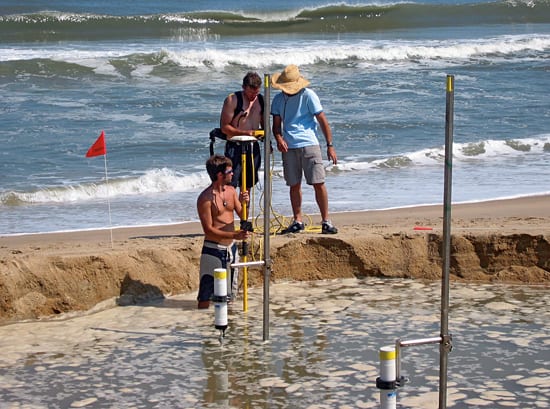
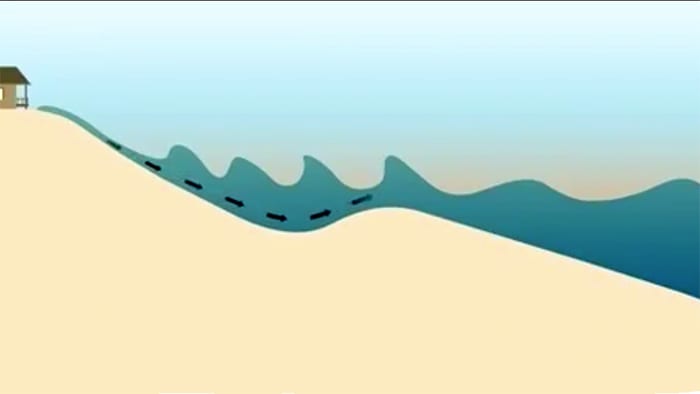
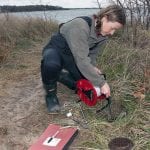 Groundwater
Groundwater 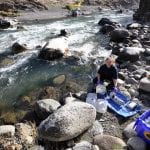 Rivers, Estuaries, & Deltas
Rivers, Estuaries, & Deltas